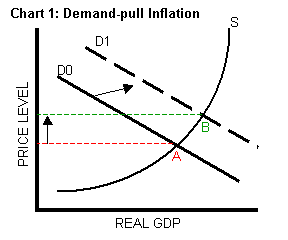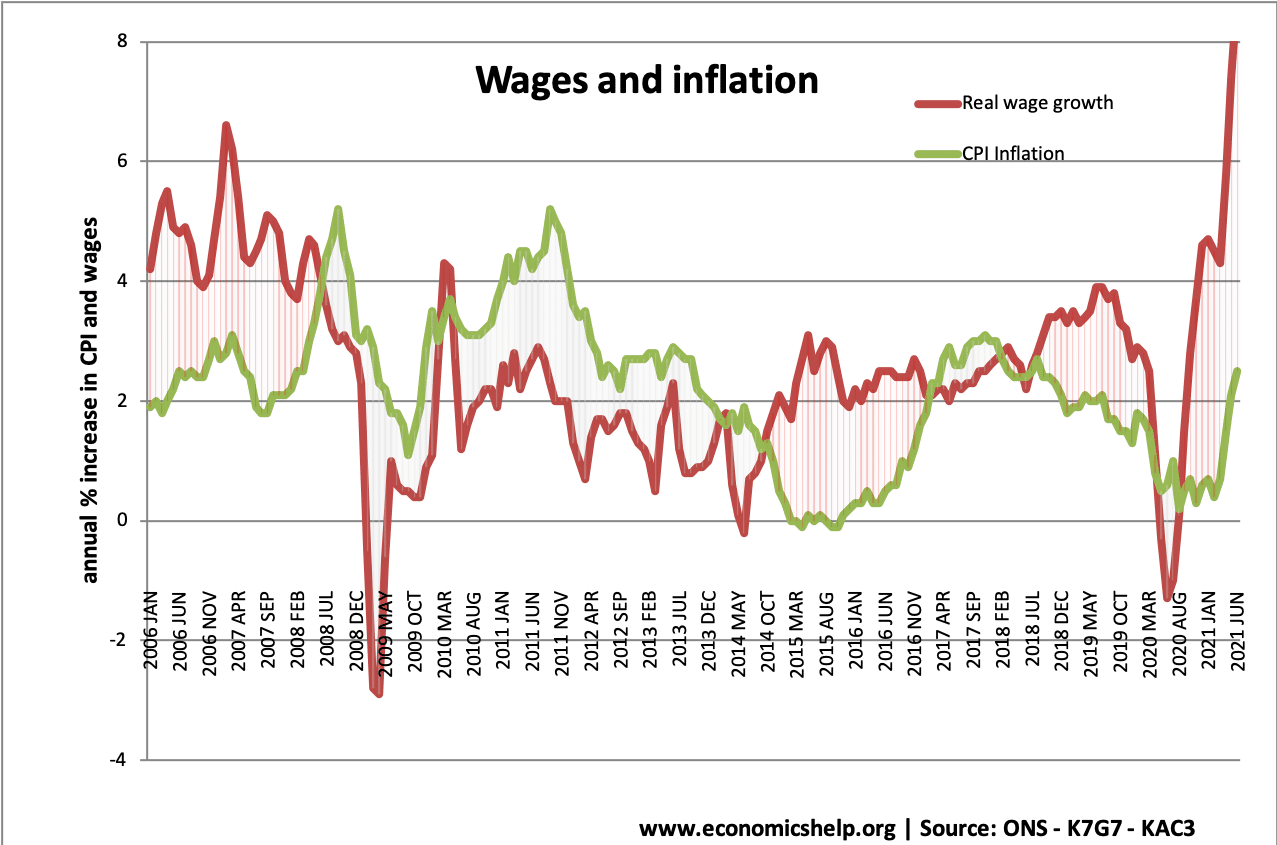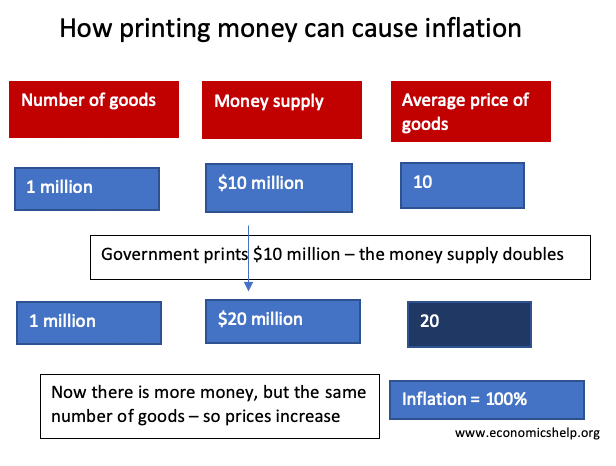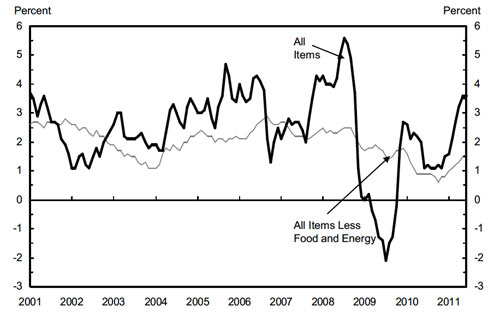Consequently inflation corresponds to a reduction in the purchasing power of money. Unemployment Rate- Increase Inflation Rate- Decrease.

What Are Some Of The Factors That Contribute To A Rise In Inflation Education
In regards to current inflation the main contributing factors include the increase in the money supply worker shortages and rising wages supply chain disruption as well as fossil fuel policies.

. During a period of stagflation a nation is most likely experiencing. A 1 2 and 3 only. Increase in administered prices.
If the price level for the last three months has been 112 125 and 126 we would say. Aggregate demand will decrease as a result of a decrease in the price level. Which of the following factors contribute towards demand-pull inflation.
More centralized planning in economic decision making. Aggregate demand will not change since consumer spending has not changed. Fluctuations in output and supply.
Price signals in economic decision making. Increase in government expenditure. An unanticipated decrease in aggregate demand will most likely cause the unemployment rate and the inflation rate to change in which of the following ways.
If economic agents perfectly anticipate policy changes and if all prices including wages are completely flexible which of the following will be true in the long run. Growth in the quantity of money in the economy e. Aggregate demand will increase as a result of an increase in investment spending.
Increases in productivity in the economy b. An increase in the short-run aggregate supply and a decrease in the price level. The popular vote in making resource allocation decisions.
Unlike a market economy a command economy uses. This kind of sustained and increased inflation may. Core inflation which measures all items minus food and gas rose 65.
Which of the following will most likely occur as a result of an increase in labor productivity in an economy. Former is called demand-pull inflation DPI and the latter is called cost-push inflation CPI. Inflation has been constant over the three months.
When the general price level rises each unit of currency buys fewer goods and services. Cost-push inflation occurs when the input prices for goods tend to rise possibly because of a larger money supply at a rate faster than. Wages do typically creep up with inflation over time eventually.
If inflation is 10 then the real interest rate is negative 5 and the person is actually falling behind in buying power but would still owe taxes on the 500 in nominal gains. A decrease in short-run aggregate supply. It is the constant rise in the general level of prices where a unit of currency buys less than it did in prior periods.
Former leads to a rightward shift of the aggregate demand curve while the latter causes aggregate supply curve to shift leftward. Often expressed as a percentage inflation indicates a decrease in the purchasing. The opposite of inflation is deflation a sustained decrease in the general price level of goods and services.
Causes of inflation generally break down into two categories demand-pull inflation and cost-push inflation. Hyperinflation can rip an economy and a society apart. Inflation was more rapid between the first and.
The influence of positive externalities on the economy c. A decrease in the prices of inputs will cause which of the following to occur in the short run. Consumer sovereignty to make production decisions.
Lack of property rights in the economy d. Rising population and household consumption. The increase marks inflations fastest annual rise since December 1981.
A decrease in aggregate supply. The economy is in a recessionary gap when the short-run equilibrium real output is below the long-run equilibrium real output. B 1 and 2 only.
Select the correct answer using the codes given below. Stagflation is caused by. Its resources more efficiently.
Which of the following is an important cause of inflation in an economy. Inflation is a quantitative measure of the rate at which the average price level of a basket of selected goods and services in an economy increases over a period of time. A An increase in output and a decrease in inflation b An increase in interest rates and a decrease in investment c A decrease in both money demand and money supply d A decrease in exports and an increase in unemployment.
Inflation is mainly caused by excess demand or decline in aggregate supply or output. In economics inflation is a general increase in prices of goods and services in an economy. Inflation can cause unintended redistributions for wage earners too.
The cost of all inputs. First the impact of inflation will differ considerably according to whether it is creeping up slowly at 0 to 2 per year galloping along at 10 to 20 per year or racing to the point of hyperinflation at say 40 per month. Increase in income level.
The influence of negative externalities on the economy ANS. Aggregate demand will increase as a result of an increase in exports. Changes in the money supply will not lead to changes in the price level.

The Link Between Money Supply And Inflation Economics Help

The Link Between Money Supply And Inflation Economics Help

Who Are The Winners And Losers From Inflation Economics Help

Easy Investing Thrift Savings Plan Infographic Usaa Savings Plan How To Plan Investing
0 Comments